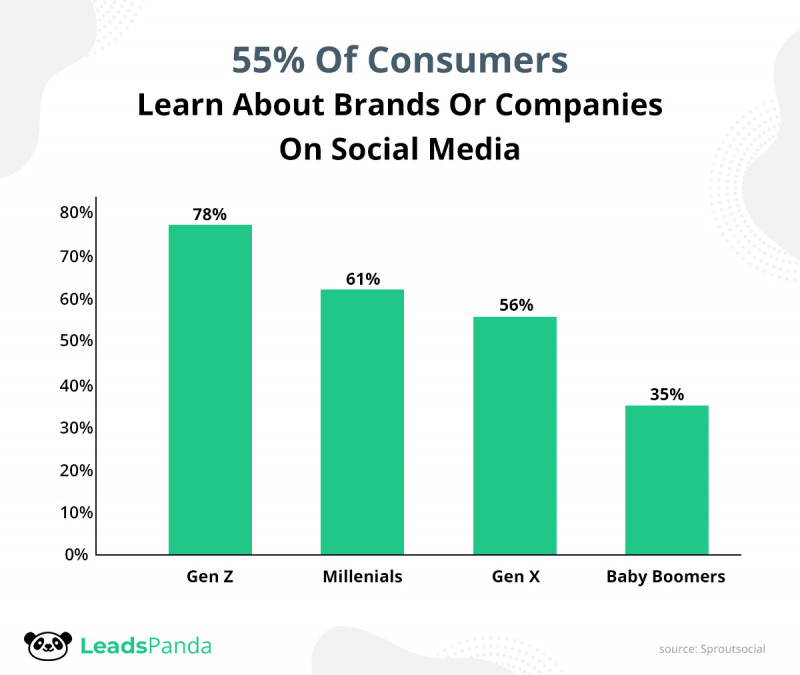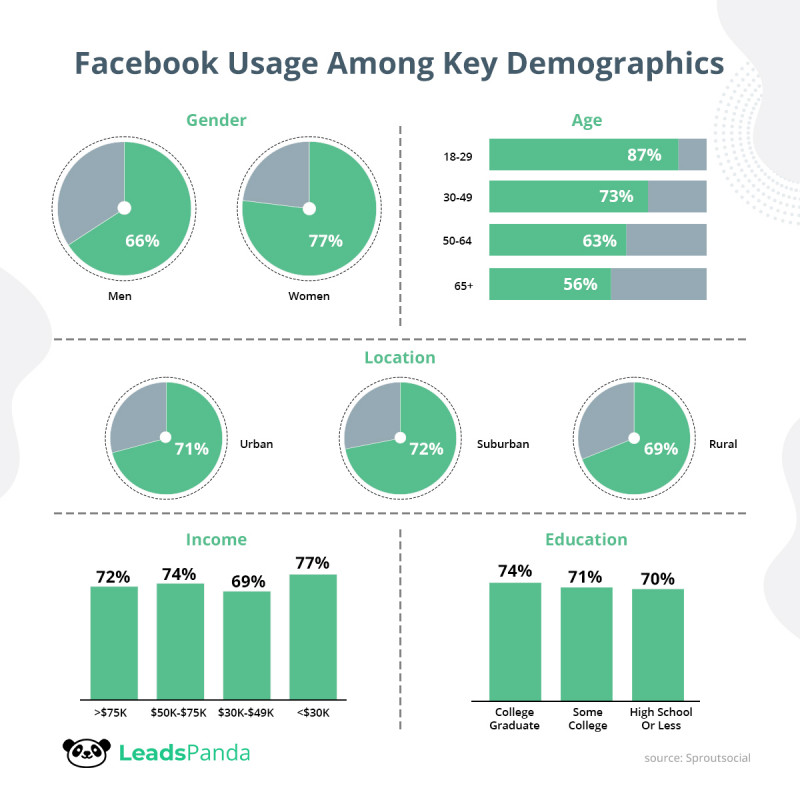4 Tips for Finding Your Social Media Niche
Social media is a critical part of your overall content marketing success. You have to be on Facebook. You’re losing if you’re not on YouTube. You need to make your voice heard on Twitter.
Right?
Maybe these statements were true, earlier on. But a lot of social media experts today believe in prudence, meaning that you should be discerning about what platforms you’re on. Being on all platforms could mean that you’re spreading yourself too thin—and you could be missing out on opportunities to connect with your true audience.
This is why it’s important to find your social media niche—learn more about which social network is the right fit for your brand and your message.
Here are some tips that can help.
1. Understand which strategy will work best for you
When it comes to social media, brands generally have two options: establish their presence everywhere or focus on a few platforms.
The first strategy was first introduced by Pat Flynn of Smart Passive Income, who said that when you’re building your audience, you have to be everywhere they are. Because of how diverse audiences tend to be, you’ll have a better shot at reaching them if you’re on all platforms. Focusing on a single channel means missing out on audiences that prefer other platforms.
The latter strategy, however, requires you to focus on a handful of social media platforms where you can refine your message and hone your ability to deliver it. You can’t be everywhere and expect your core messages to resonate. The objective here is to narrow your focus so you generate better results.

Both approaches present key benefits. If you have a massive and very diverse audience, and a big social media team with the budget to spend, being everywhere is a great option. If you’re a small team or a one-man show, however, then we recommend opting for the other choice.
It’s easier and more effective to put your energy into a few social media networks and build a more impactful presence on each. It’s more cost-effective and it allows you to stay focused on consistency. This angle also lets you be more responsive to your audience. Remember, a lot of consumers today don’t trust a company that has no social media presence, or if they don’t engage with customers. By giving yourself the bandwidth to reply and respond to your followers, you’re building credibility and gaining more visibility among your audience.
2. Get to know your audience
What social media platform you use will boil down to what your audience wants and needs.
Ask yourself what your audience demographic looks like. Are your followers mostly male or female? What are their ages? Are they more likely to be married and have children? What kind of purchasing power do they have?
These questions can help you narrow down the places where your users and customers are. For example, we know that a big chunk of Pinterest users are women. So, if you have a business that is largely visual and female-centric, Pinterest could be an effective platform for your social media marketing strategy.
Another example would be LeadsPanda, where our core audience is largely on Twitter and Facebook given our industry and demographic. We don’t focus on visual platforms like Instagram or Pinterest because marketing professionals and business owners aren’t typically on these networks.
The point is, getting to know your audience helps you rule out what platforms are likely to be good vehicles for your message.
3. Map out your goals and objectives
Once you’ve determined what your audience wants, it’s time to focus on what you want. Why is your business spending time, money, and effort on social media? What do you hope to get out of this exercise?
Some common objectives include:
- Increasing brand awareness
- Giving your brand a distinct voice and personality
- Connecting with your customers
- Gaining a platform to deliver customer service
- Accessing influencers
- Establishing credibility in your industry
- Boosting brand and business authority
- Raising conversions
Choosing the right social media channel depends on what objectives you want to achieve.
4. Get to know the different platforms and what they offer
There are a lot of social media platforms. Mainstream options such as Facebook and Twitter are popular, but smaller platforms are also great options. Each one could serve as a unique option for your brand.
Consider the following points from some of the top social media platforms:
- Facebook has 1.96 billion daily active users. This makes Facebook a very formidable social media network that you should be on. However, because of how massive it is, only a small segment of your target audience tends to see your updates. The platform is cluttered and noisy and it’s harder to stand out.

- Twitter is another massive platform where you can reach a big audience of journalists and writers with a preference for words over images. Today the network has 396.5 million active users.
- Linkedin is a niche platform that focuses on business networks with 185 million users across 200 countries. The network is steadily growing and building a core audience made of business professionals, large and small. It’s best for B2B companies seeking to build their networks.
- US Pinterest users are nearly 80% women and the platform focuses on visual topics such as crafts, weddings, interior design, fashion, travel, food, and style. If you have a business related to any of these topics, Pinterest is a great platform to consider.
- Instagram statistics show that the majority of Instagram users are based outside of the US. If you’re a business that is hoping for international reach and presence, this is an important consideration for your social media marketing efforts. The average user also spends a significant 21 minutes a day on the app, making it highly engaging.
- YouTube has more than 2.6 billion active users which makes it a highly desirable network to be on. Take note: it’s also incredibly competitive. Your videos have to be professionally made and you’ll require support for sharing across various other social media networks.
The bottom line?
When you find a social media channel that works, stick to it and dedicate your effort and resources there. Be consistent and learn more about the best strategies available to maximize your reach and impact on that platform. You’ll find, as most businesses do, that there’s one platform that will work better for your brand than others.
If you found this article helpful, share it on your social media channels.
If you want to learn more, reach out to us. Book a consultation or get started with Leadspanda to find out how we can help you. For any questions, leave a comment below or check out our LinkedIn or Twitter.
Share This Story
4 Comments
Leave A Comment
Get the latest growth ideas, strategies, and best practices delivered to your inbox.
Quick read that helps 7000+ subscribers.









The readers will surely gain a lot of ideas. Thank you for sharing.
[…] no matter how often you use social media for personal reasons, maintaining social media business pages to grow your brand is very different. […]
Appreciating your content to enrich our digital lives is always nice and it has greatly helped me.
Great tips! Identifying your social media niche is crucial for targeted growth. Analyzing audience interests, exploring competitor strategies, and experimenting with content can refine your focus. Don’t forget to leverage analytics for continuous improvement. Your niche will help you connect deeply with your audience and stand out! For more valuable resources and services similar to our discussion, explore https://bawejamedia.com/